


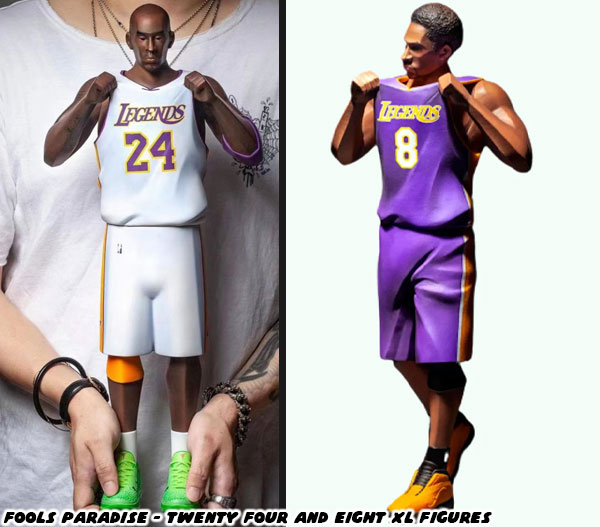

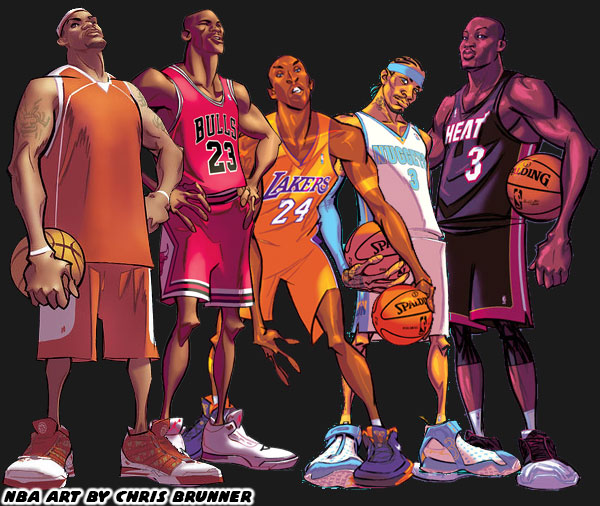
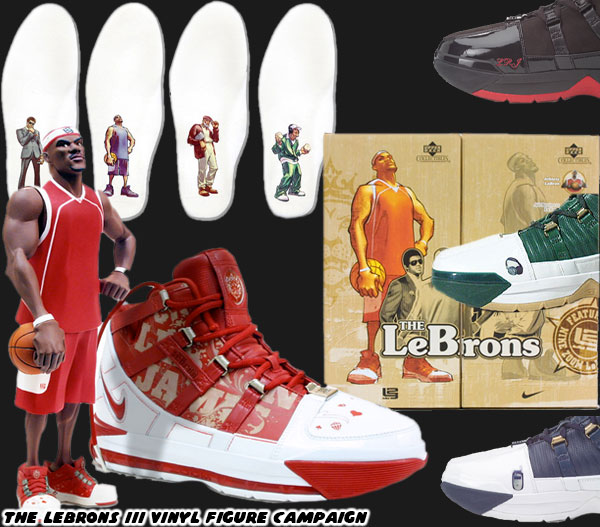
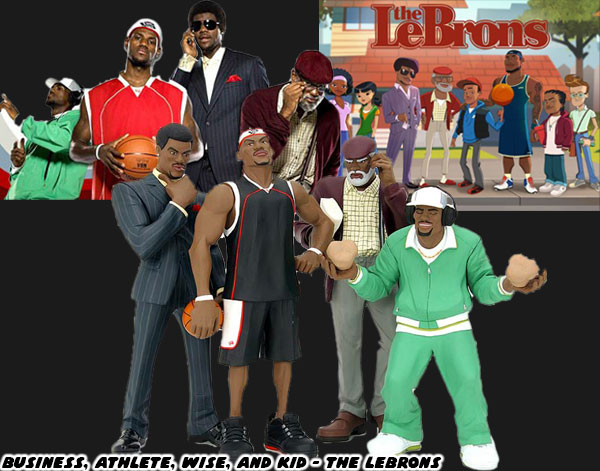
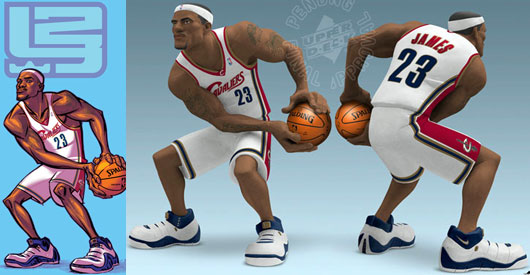
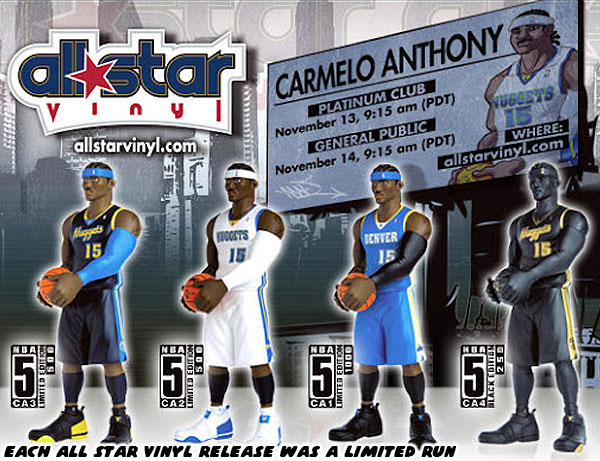





A blog about my interests, mainly the history of fighting games. I also talk about animation, comic books, car culture, and art. Co-host of the Pink Monorail Podcast. Contributor to MiceChat, and Jim Hill Media. Former blogger on the old 1UP community site, and Capcom-Unity as well.















Hello friends, sorry if you've gotten burned out on the Disney coverage over the past couple of weeks. I'm still on a comic book kick though and for that I'm not apologizing. I'd like to share with you a couple of books that had caught my eye over the past couple of weeks. Big Daddy Danger by Adam Pollina and Tyson McAdoo and Strongest Dad, a romantic monthly by Minoru Hiramatsu were some fun reads that you should be aware of.

The books were from a few years ago and covered some oddly similar territory. Big Daddy Danger was a short series published by DC featuring a masked wrestling character that doubled as a secret agent. Strongest Dad was a comedy about an undefeated MMA fighter trying to raise a family. The manga series was featured in Big Spirits from Japan. The story was collected in a three-part anthology.

Both titles had fun art, clever designs and plenty of nods to pop culture and the troubles of raising a family. For the Strongest Dad his troubles were compounded by the fact that he could not accept defeat or decline any challenge. Even if it meant having to test his mettle against an elephant at the nearby animal park.

Big Daddy Danger was just as absurd but equally fun. Big Daddy was both a championship wrestler and secret agent. His manager / trainer looked like Col. Sanders and got secret messages printed out of his cane. Big Daddy had a son and wife whom he often had to spend lots of time away from. In fact his son had no idea that his father was moonlighting as an agent.

The Strongest Dad lead a more normal life where the biggest challenges were more about raising two daughters and fulfilling his wife's expectations.

Both main characters had older brothers which wanted nothing more that to see the main characters defeated and humiliated. In Big Daddy Danger the brother tried to move in and become a surrogate father to the Danger son and even steal away the Danger wife.

In Strongest Dad the brother wanted to find the man or beast alive that could dethrone his kin. He even had his brother fight against a gorilla when he tried to humble him! Eventually he found a Russian bruiser, an ex solder that was built like a tank and was obsessed with drawing manga girls. When "Dad" wasn't dealing with animals he was busy beating up on a unscrupulous fight promoter that dressed like a dictator and drove a copy of the Batmobile!

The art provided by Polina and McAdoo in BDD was very cartoonish, there were great splash pages and hilarious expressions featured on the cast. The characters interacted with all sorts of goons and even demons. Possibly the funniest part was that Big Daddy would continuously peel off his mask and have a different one underneath for whatever challenge he was facing. It certainly would make for an interesting videogame mechanic in a title other than NiGHTS.

Not to be outdone, Mr. Hiramatsu was a king of facial expressions. The characters in his books have always had memorable takes. He featured some of his panels in a blog about the series.

Both issues wrapped up rather quickly, BDD in 9 months and Strongest Dad within a year. If I wanted to see a series continue however it would have to be Strongest Dad. As much of a fan as I am of lucha libre, the Big Daddy series seemed flat. Big Daddy seemed to walk through opponents and there was no real sense of drama or tension in the issues, worse there was no resolution for his brother. Strongest Dad on the other hand made every little activity into a challenge, whether it was learning to play piano or escorting his daughters on a field trip. The Strongest Dad seemed a more three dimensional character that readers could root for. It was a fun series and almost matched the greatness of Mr. Hiramatsu's magnum opus. The Japanese wrestling, parable known as Agnes Kamen.
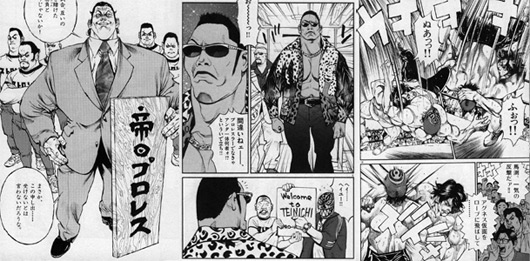
Heya friends, did you have a good weekend? It went well over here. We had a break in the rain long enough to visit some friends over at Downtown Disney. We ate some sandwiches at the Earl of Sandwich and I must admit they were pretty good. Our good friend Roger was in town to watch the Candelight Processional with his family. He brought presents for us and I was surprised by the gift he gave me. I'm a fan of animation, as many of you may know. I have my own list of favorite artists and directors. One of the best is also one of the most under-appreciated in our time. Most from my generation know people like Bruce Timm, John Krickfalusi, Tim Burton and John Lasseter by name but how many know the name Bud Luckey?

Mr. Luckey is a story man, artist and voice actor at Pixar. Audiences might recognize his voice as Rick Dicker from the Incredibles or Chuckles the Clown from Toy Story 3. He's been in the business for a long time, well before Pixar was even founded, and has always been a great storyteller. My brothers and I loved his cartoons before we ever learned his name. Bud wrote and animated several classics on Sesame Street including the Ladybug's Picnic and the Alligator King.

There was more to his songs than learning about counting. There was always and underlying morality to his best work. My favorite cartoon of his was "That's about the size." In not only taught me about scale, perspective and the cosmos but also that in time the kids listening to the song would also grow up. It wasn't just about the act of physically maturing and becoming bigger, but also the potential for all people to grow into that struck a chord with me.
Our friend Roger remembered how fondly I spoke about Bud and how much he influenced me growing up. Roger got a chance to visit the Pixar studio store and picked up something special for me.

Bud had directed the Pixar animated short Boundin' a few years ago. The story was a good morality piece on change, acceptance and recognizing real troubles. To celebrate the release the store had commissioned a plush set of the figures.

The Boundin' Buddies set was amazing. The figures were pretty large to begin with and modeled very closely to the film characters. The box itself was made up from the storyboard art from the film as well.

I am grateful to Roger for the gift and grateful to Mr. Luckey for sharing his gift with the world.

Do you have any favorite Bud Luckey cartoons? I'd like to hear about them in the comments section.
As always if you would like to sponsor me please visit my Patreon page and consider donating each month, even as little as $1 would help make better blogs and even podcasts!








Heya friends, have you heard the speculation over a screenshot released by Halo creators Bungie recently? The untitled project looks like a new FPS. I noticed some similarities between the screenshot and work from other artists and studios.

The use of soldiers and giant machines has been done in comics, anime and science fiction for years. The look of the designs are familiar. The muted colors used for the vehicles might have been inspired by Maschinen Krieger (Ma.K).

The soldiers themselves seem to be a mix of different influences, including the helmeted Commandeer figures from Ashley Wood to the amazing painted characters from Paolo Parente's DUST comic books and board game.

The giant mechanized spider in the background was undoubtedly influenced by manga great Masamune Shirow. In his manga Appleseed he featured gigantic gun platforms that looked like mechanical spiders. Shirow drew many of his mechanical influences from nature and based vehicles on spiders, beetles and bumblebees.

His work in design was so influential that the tabletop game Infinity owes a lot to the man.

I look forward to seeing more from Bungie and hopefully they'll let gamers pilot some of those massive vehicles in the game.
As always if you would like to sponsor me please visit my Patreon page and consider donating each month, even as little as $1 would help make better blogs and even podcasts!